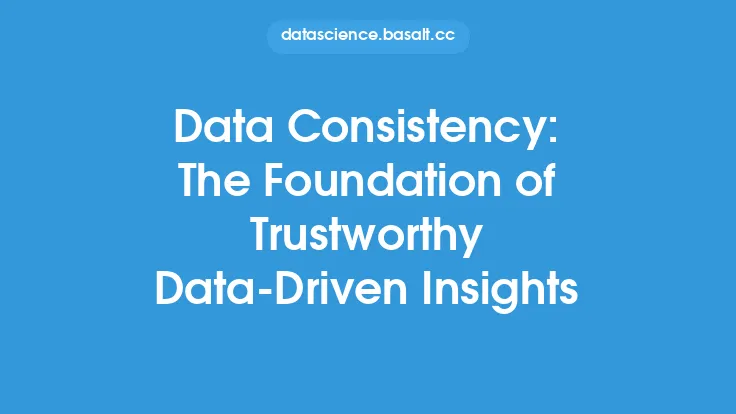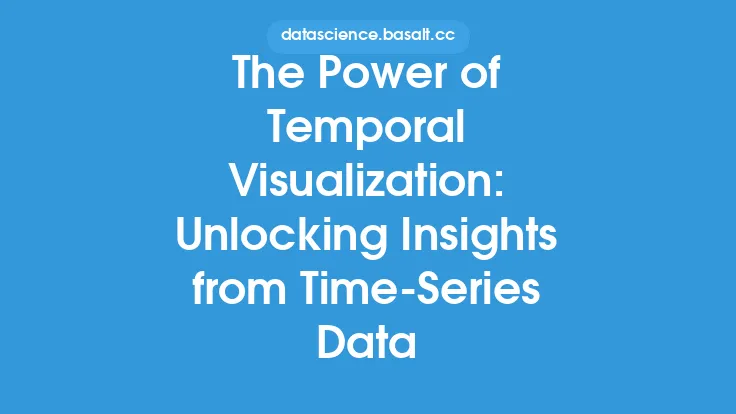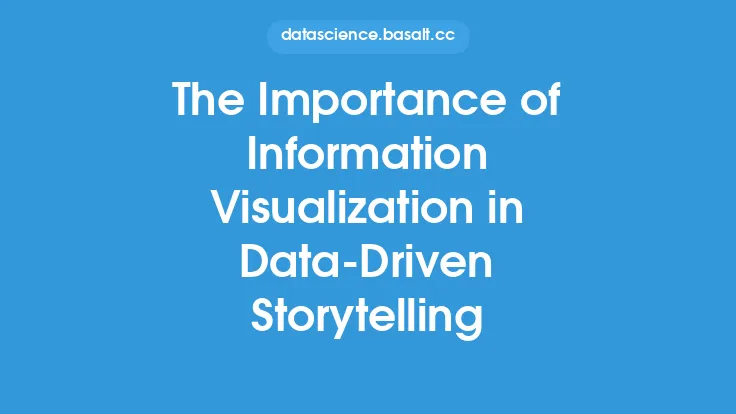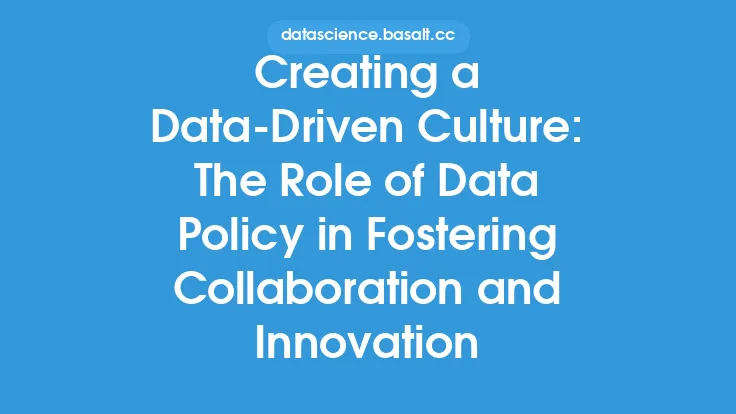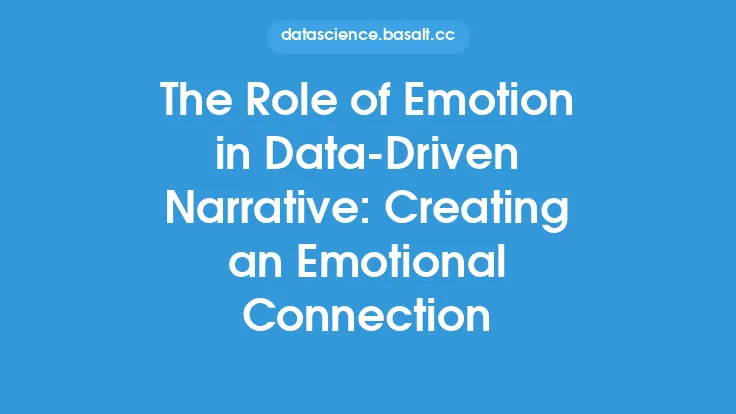Data wrangling is a critical component of the data analysis process, involving the transformation, mapping, and cleaning of raw data into a suitable format for analysis. It is a time-consuming and labor-intensive process that requires a deep understanding of the data, its structure, and its limitations. The goal of data wrangling is to produce a clean, consistent, and reliable dataset that can be used to extract insights and inform business decisions.
Introduction to Data Wrangling Concepts
Data wrangling involves a range of activities, including data cleaning, data transformation, and data mapping. Data cleaning involves identifying and correcting errors, inconsistencies, and inaccuracies in the data, such as missing or duplicate values, outliers, and invalid data formats. Data transformation involves converting the data into a suitable format for analysis, such as aggregating data, handling missing values, and performing data normalization. Data mapping involves creating a common data model that can be used to integrate data from multiple sources, such as databases, files, and external data sources.
Data Wrangling Techniques
There are several data wrangling techniques that can be used to transform and clean raw data. These include data profiling, data quality checks, and data validation. Data profiling involves analyzing the data to understand its distribution, patterns, and relationships. Data quality checks involve verifying the accuracy, completeness, and consistency of the data. Data validation involves checking the data against a set of predefined rules and constraints to ensure that it meets the required standards.
Data Wrangling Tools and Software
There are several data wrangling tools and software available that can be used to support the data wrangling process. These include programming languages such as Python, R, and SQL, as well as specialized data wrangling tools such as Trifacta, Talend, and Microsoft Power BI. These tools provide a range of features and functionalities, including data cleaning, data transformation, and data visualization, that can be used to support the data wrangling process.
Data Wrangling and Data Mining
Data wrangling is a critical component of the data mining process, as it provides the foundation for extracting insights and patterns from large datasets. Data mining involves using statistical and machine learning techniques to identify patterns, relationships, and trends in the data. However, data mining requires high-quality data that is clean, consistent, and reliable, which is where data wrangling comes in. By applying data wrangling techniques and tools, data miners can ensure that their data is accurate, complete, and consistent, which is essential for extracting reliable insights and patterns.
Data Wrangling and Big Data
The increasing volume, velocity, and variety of big data have made data wrangling more challenging than ever. Big data requires specialized tools and techniques that can handle large volumes of data, as well as complex data formats and structures. Data wrangling tools and software must be able to handle big data characteristics such as scalability, flexibility, and performance, in order to support the data wrangling process. Additionally, data wrangling must be integrated with big data analytics tools and techniques, such as Hadoop, Spark, and NoSQL databases, in order to extract insights and patterns from large datasets.
Data Wrangling and Machine Learning
Data wrangling is also critical for machine learning, as it provides the foundation for training and testing machine learning models. Machine learning requires high-quality data that is clean, consistent, and reliable, which is where data wrangling comes in. By applying data wrangling techniques and tools, machine learning practitioners can ensure that their data is accurate, complete, and consistent, which is essential for training reliable machine learning models. Additionally, data wrangling must be integrated with machine learning tools and techniques, such as scikit-learn, TensorFlow, and PyTorch, in order to support the machine learning process.
Conclusion
In conclusion, data wrangling is a critical component of the data analysis process, involving the transformation, mapping, and cleaning of raw data into a suitable format for analysis. It requires a deep understanding of the data, its structure, and its limitations, as well as a range of technical skills and tools. By applying data wrangling techniques and tools, data analysts, data miners, and machine learning practitioners can ensure that their data is accurate, complete, and consistent, which is essential for extracting reliable insights and patterns. As the volume, velocity, and variety of data continue to grow, data wrangling will become increasingly important for supporting the data analysis process and extracting insights from large datasets.
